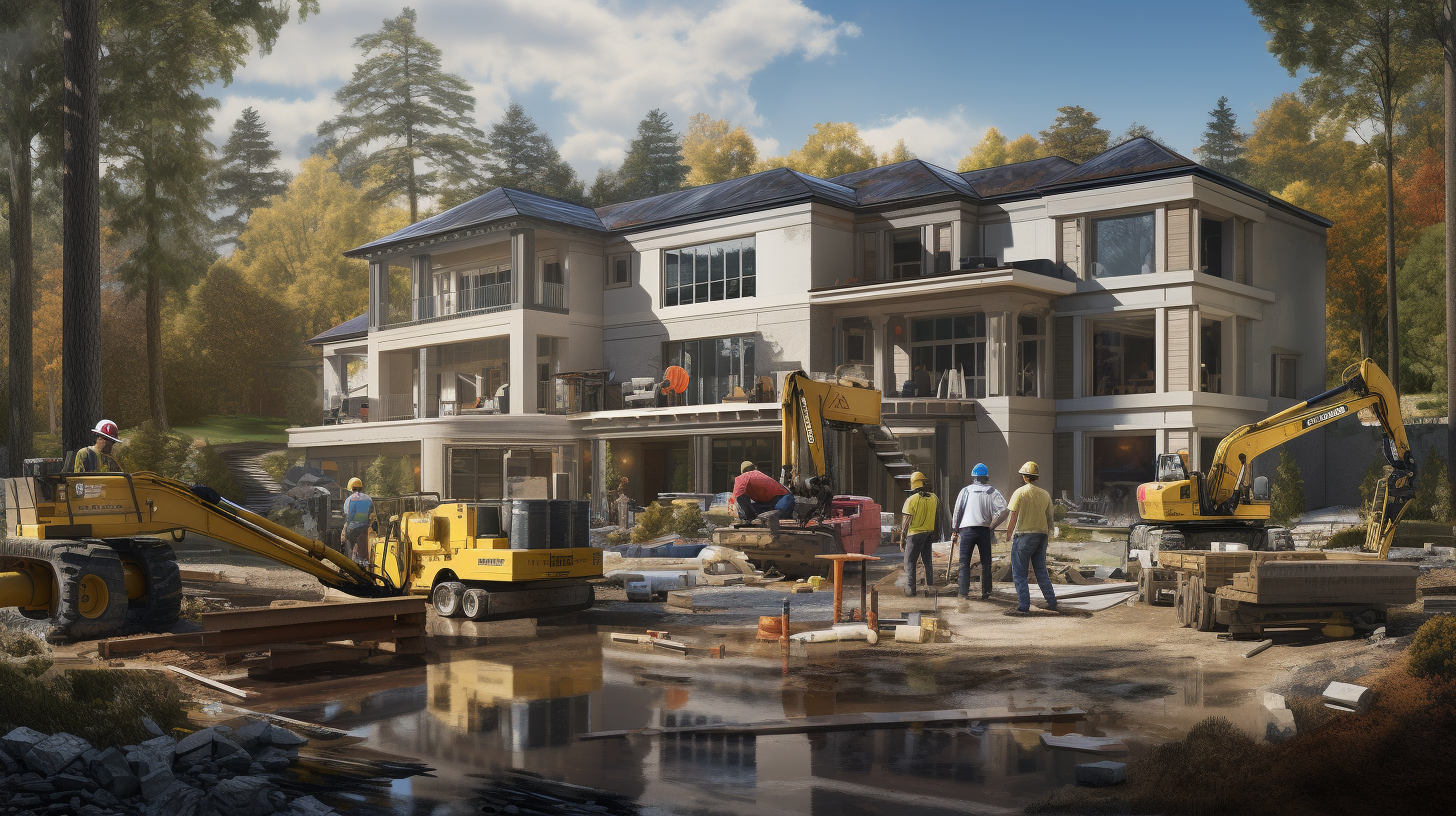Unraveling the Knot: Supply Chain Issues in Residential Construction

Introduction
The residential construction sector is grappling with multifaceted challenges. An intricate web of supply chain disruptions has permeated the industry, resulting in prolonged project timelines, inflated budgets, and an atmosphere of unpredictability. Factors such as the aftermath of the COVID-19 pandemic, geopolitical trade barriers, and unforeseen climatic events have collectively contributed to this dilemma. With the demand for housing and urbanization on the rise, understanding and addressing these challenges becomes paramount.
Material Scarcity: Unpacking the Central Dilemma
At the epicenter of these complications is the noticeable scarcity of essential building materials. Whether it's the soaring prices of lumber and steel or the shortage of basic components, the disparity between demand and supply is glaring.
- Lumber: Historically, lumber has been a staple in construction. However, unprecedented events such as devastating wildfires, trade disagreements between nations (like the US-Canada lumber dispute), and shutdowns due to pandemic responses have severely curtailed supply. The result? An exponential increase in lumber prices, with some reports indicating a rise of over 200% in certain periods.
- Steel and Other Metals: Metals like steel and copper are not faring any better. Complex international trade relationships, burgeoning global infrastructural projects, and transportation impediments are collectively responsible for their scarcity. In fact, the World Steel Association reported a significant surge in steel demand, predicting it to reach 1.7 billion tones in 2022.
Transportation Quagmire
Arguably, transportation inefficiencies have compounded the existing issues. The global shipping industry, already reeling under the pandemic's impact, has faced further setbacks with canal blockages, port congestions, and container shortages. These impediments have culminated in materials being stranded, magnifying delays and costs.
Labor Dynamics in the New Normal
The construction industry's human resources aren't immune to these disruptions. Enhanced safety measures post-pandemic, combined with a noticeable shift in workforce demographics and migration patterns, have culminated in a dearth of skilled labor. As per the Bureau of Labor Statistics, the gap in construction employment has consistently widened, further stressing project timelines and inflating wages.
Strategizing for the Future: Potential Solutions
While these challenges seem insurmountable, innovative strategies and adaptability can pave the way for stabilization:
- Diversifying Suppliers: By broadening supplier networks and seeking alternatives, companies can foster a more adaptable and resilient supply chain.
- Technological Investments: Adopting cutting-edge technologies, such as AI-driven demand forecasting and blockchain for transparent procurement, can enhance operational efficiency.
- Sustainable Construction: Embracing eco-friendly building techniques and materials not only aligns with global sustainability goals but can also reduce dependency on overstrained resources.
Conclusion
The present scenario in the residential construction domain underscores the urgency to innovate and adapt. By integrating technology, fostering collaborations, and reinventing methodologies, the industry can chart a course through this supply chain maze. The journey toward a stable and resilient supply ecosystem might be fraught with challenges, but with collective endeavor, it's one the industry can undoubtedly navigate.


